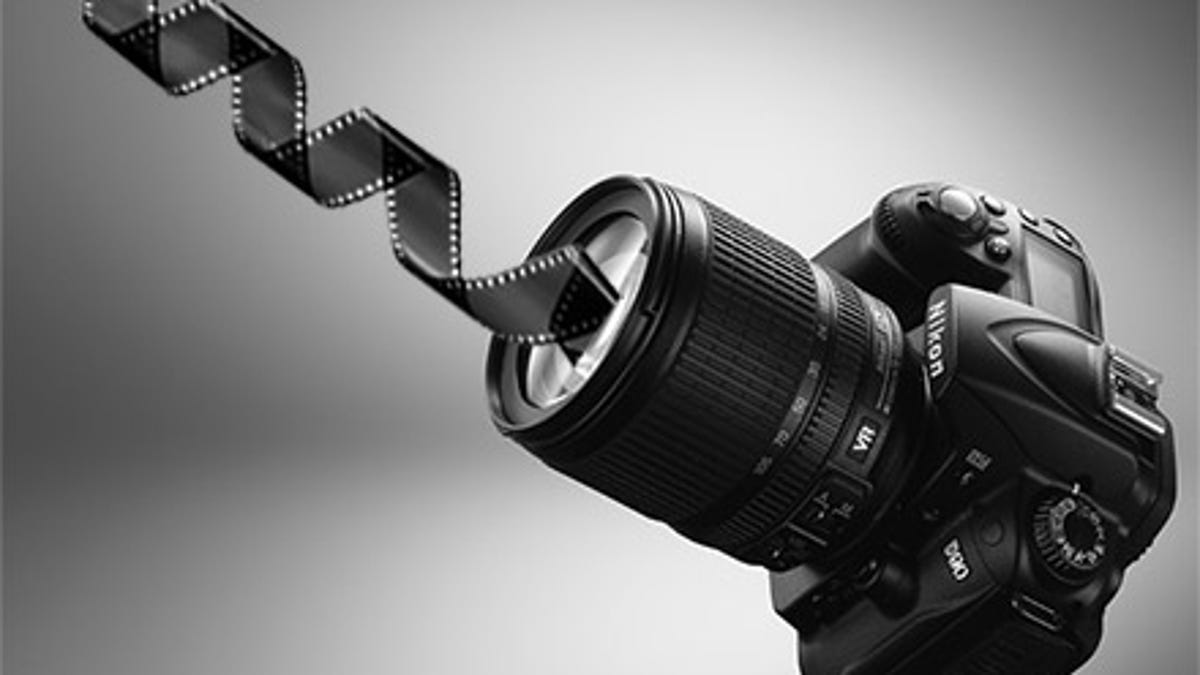Red RAW: is it time for a standard?
Shooting RAW is second-nature to many photographers. With every camera producing its own proprietary RAW file, we think it's time for a standard.

(Credit: CBSi)
Shooting RAW is second-nature to many photographers. The flexibility of being able to recover detail and to preserve important metadata really opens up worlds of possibilities in the editing suite.
A RAW file is a much closer representation of what the image sensor sees than the interpretation offered by a JPEG file. However, using the term RAW doesn't guarantee any sort of standard from the output file a camera produces.
Each manufacturer has its own rules that determine what makes a RAW file. Even more confusingly, within one brand's camera stable, no two RAW files are made equal. CRW files from Canon aren't necessarily backwards-compatible, neither are NEF files from Nikon.
So why do manufacturers keep ensuring that their cameras shoot a proprietary RAW format?
Unfortunately the answer is much more business-like than anything you might expect. Not only do companies dislike sharing sensitive information about their cameras, and are reluctant to hand over control to anyone else, they are also concerned about the economic factors.
By keeping the photographer locked in to a particular software package that can read the camera's files, it makes them a dependent and, most likely, return customer. There's a reason why it can take so long for third-party software to be able to read new camera RAW files.
After all, camera companies are businesses, as much as we'd like to think of them as some sort of selfless digital memory preservers.
It also doesn't help that product representatives often tout their brand's RAW processing software as the best in the industry.
Hubris aside, there are other options out there for photographers seeking something closer to a standard. Adobe's digital negative format (DNG) has been around for several years and the latest iteration found in Lightroom 4 will try to convince photographers to make the switch. Plenty of archivists are using the format to help preserve photos of national significance.
It's not fail safe though, and there are two major reasons why DNG isn't quite there for all applications: many photographers don't use Adobe or DNG-compatible software, and making the switch to this format still requires you to convert the camera's RAW file to DNG. Is it telling that only smaller camera manufacturers like Pentax have offered DNG support in-camera rather than "the big two"?
While there have been initiatives such as The OpenRAW project which appeared in 2005 (and fell flat a year later), there's been lots of talk but little action by anyone apart from Adobe.
Being able to read and access a RAW file is not necessarily something that photographers will think about today, tomorrow or even in a year's time. We've all experienced that sinking feeling when trying to open an important old document created by a now prehistoric software program, and it just won't work.
Having a standard format that's designed for archival purposes, without the photographer needing to take any extra steps in their workflow, just makes sense. Unfortunately, unless there's an incentive for manufacturers to collaborate, I can't see this happening in the foreseeable future.

